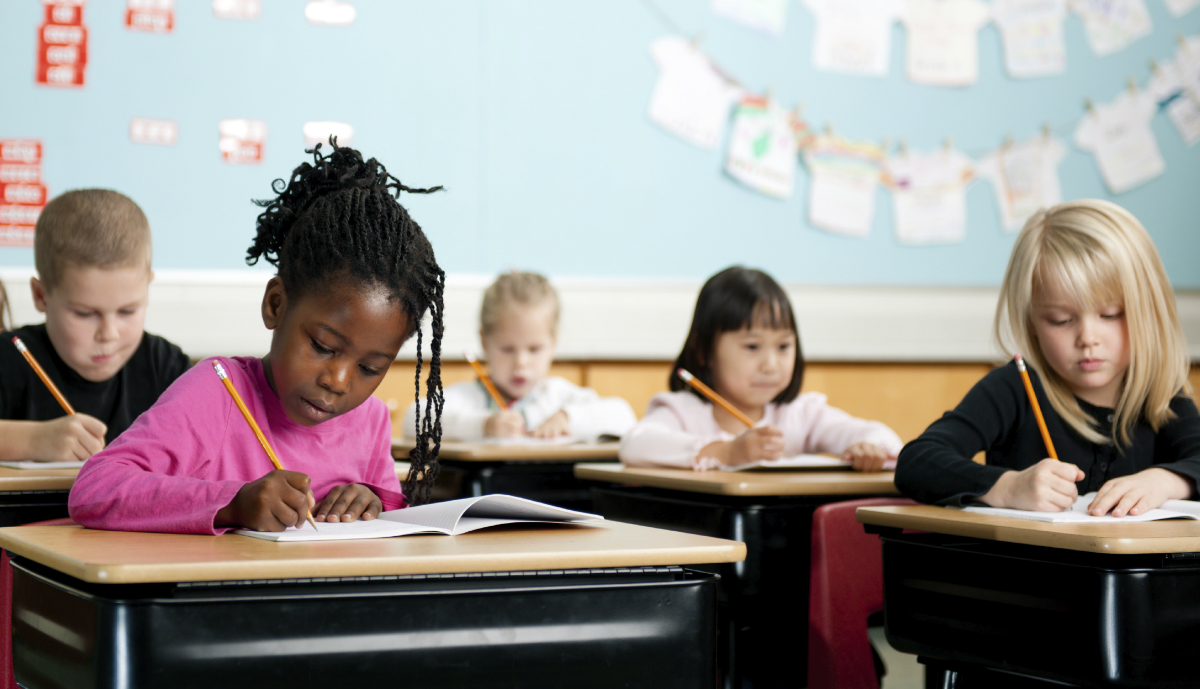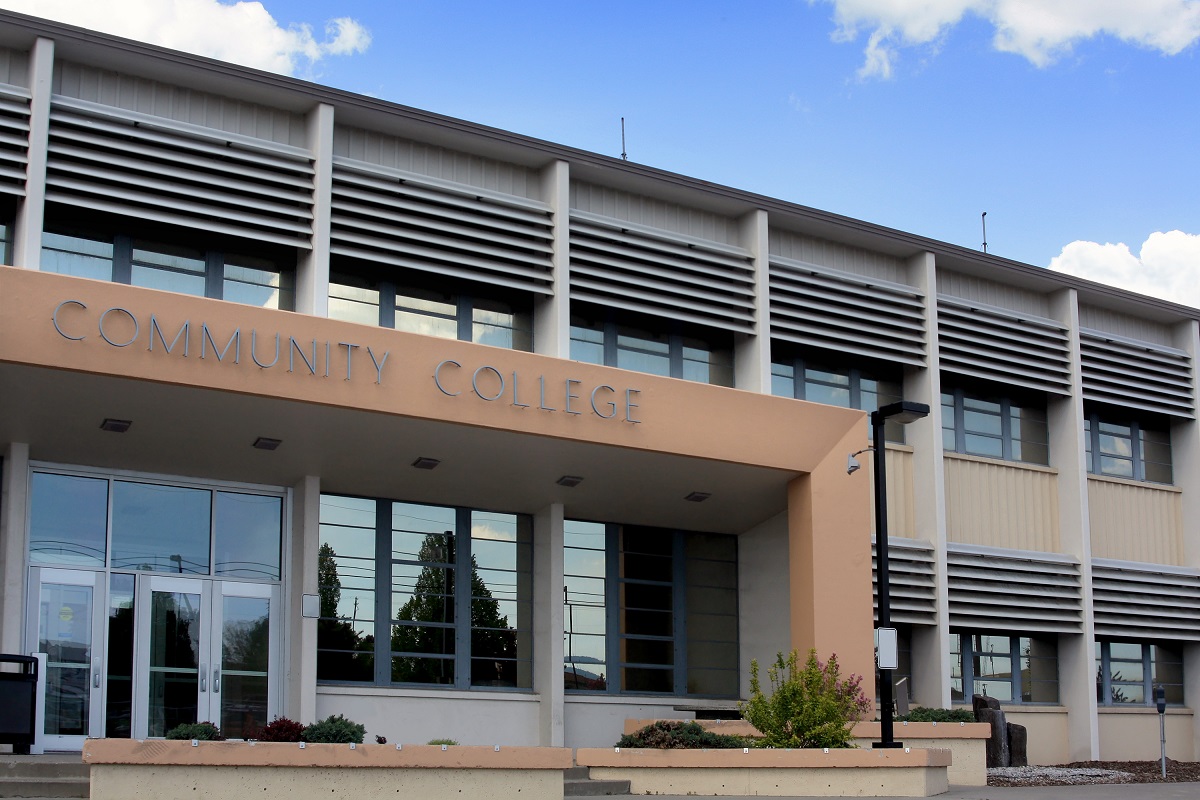Data from the most current school year shows persistent achievement gaps compared to pre-pandemic trends, except for the country’s youngest students who saw above average achievement gains, according to a report released July 11 by NWEA.
Using data from 6.7 million U.S. public school students currently in grades 3–8, the study examined academic gains in the 2022–23 school year relative to pre-pandemic years, as well as the gap in achievement between the COVID year student group compared to their pre-pandemic peers.
While students grew academically during the most recent academic year, achievement gains fell short of pre-pandemic trends in most grades, with the exception of third and fourth graders, who made above average achievement gains. Third graders’ gains in 2022–23 exceeded pre-COVID trends in both reading and math, while fourth graders were close to meeting pre-COVID trends in reading but were 7 percent below in math.
Additionally, the gap in achievement levels between the COVID cohort and their pre-pandemic peers did not shrink in 2022–23, and in some grades widened slightly. And all student groups showed sluggish achievement gains, but traditionally marginalized students, including Black and Hispanic youth, remain furthest from recovery.
Despite the seemingly grim findings, researchers noted that without the extensive supports and interventions adopted in schools, things could have been worse.
“COVID-19 may no longer be an emergency, but we are very much still dealing with the fallout from the crisis. These data reiterate that recovery will not be linear, easy, or quick and we cannot take our foot off the gas pedal,” said Karyn Lewis, co-author of the study and director of the Center for School and Student Progress at NWEA. “Disappointing as these results may be, it’s important not to lose sight of the fact that things would likely be so much worse without the enduring work of educators and schools to support students in this moment.”
The average student would need support and interventions equivalent to an additional four months of school to catch up to pre-COVID levels in reading and four and a half months in math, according to the report. Such a massive amount of additional schooling cannot be compressed into a single year or achieved in a short-term intervention. Rather, sustained efforts over several years will be necessary.
In an policy brief released alongside the report, researchers provided several recommendations for state and local officials. These include:
- Using local data to guide recovery and investment decisions. States and districts can set up processes and tools that provide capacity to gather data and track the implementation of interventions.
- Expanding instructional time by deploying evidence-based interventions and programs to the students who still need additional support. Interventions and programs must be scaled to the size of the challenge, and students in need of additional support may require multiple interventions to fully recover from the impacts of the pandemic. State and district leaders can work with schools to develop policies and practices to ensure local interventions are implemented efficiently and effectively.
- Communicating the importance of academic recovery, sharing timely and relevant information with families. States, districts and schools can provide families with timely information about their child’s progress and achievement compared to grade-level standards and resources that families can use to support learning recovery at home.
“Pandemic disruptions have been persistent and unprecedented, and, not surprisingly, so have their impacts on student achievement,” said Lindsay Dworkin, senior vice president of Policy and Government Affairs at NWEA. “School and district leaders have been doing a heroic job in identifying local needs and deploying evidence-based strategies to address them. But scaling interventions takes significant time and resources, and we know the hard work of educators often takes years to show up in test results.”





